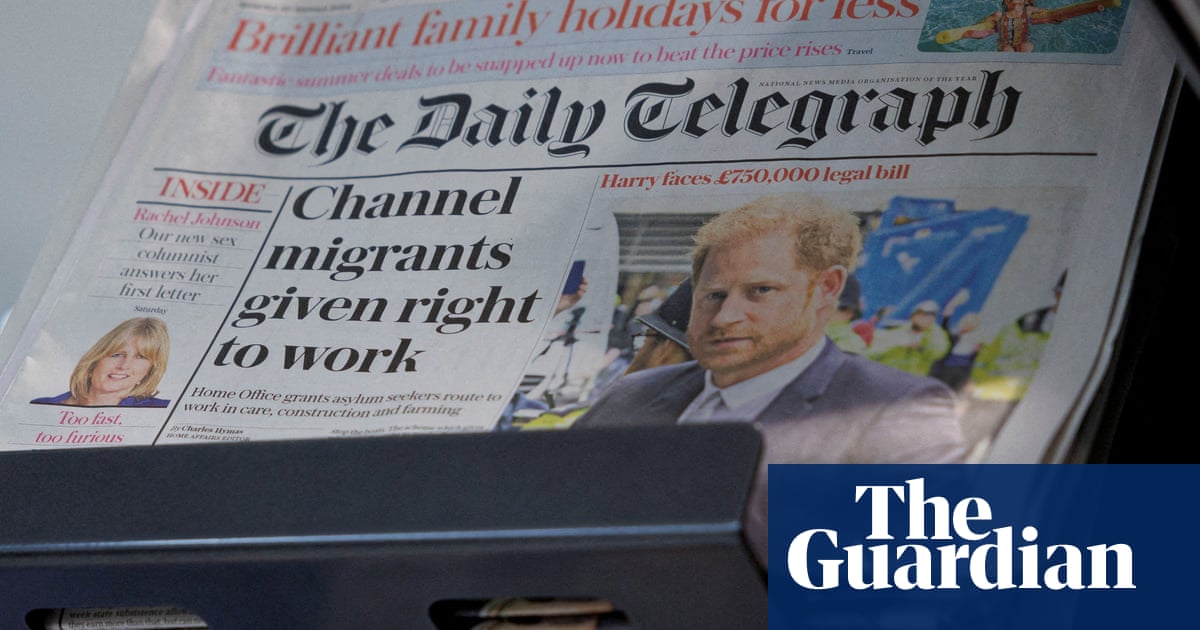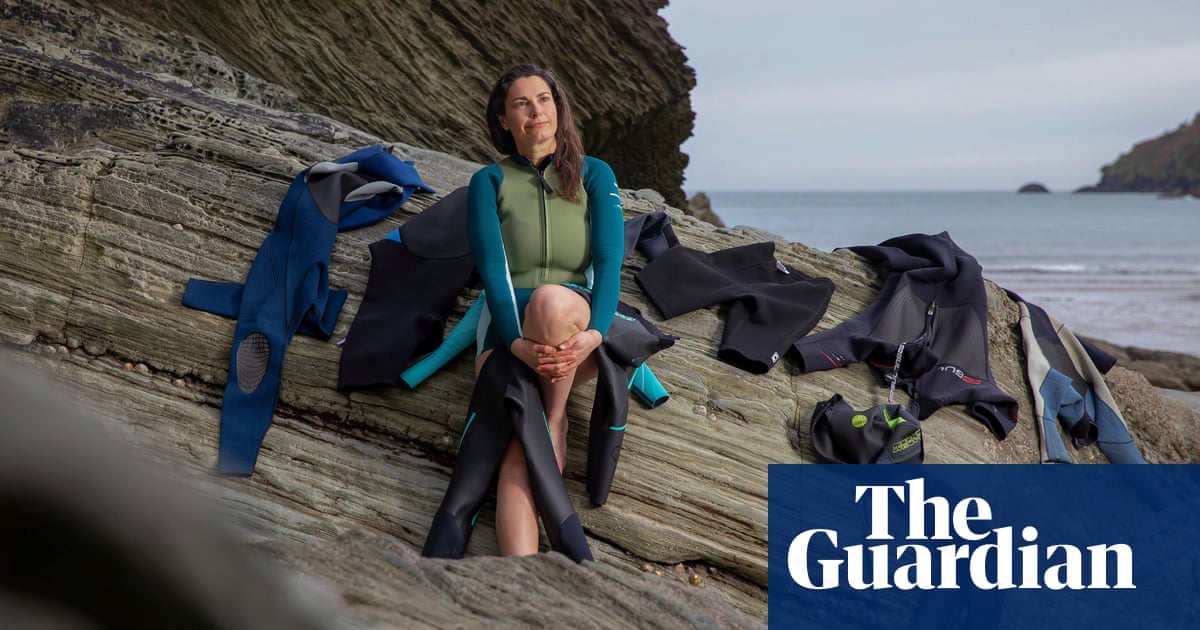
When Julie Schlomer got the news that she was finally pregnant at the age of 43, her thoughts turned to the other mothers. There were three of them in all, complete strangers, but they shared an extraordinary bond made possible by 21st-century medicine and marketing.
They were all carrying half-siblings.
Under a cost-saving program offered by Rockville-based Shady Grove Fertility, the women split 21 eggs harvested from a single donor — blue-eyed, dark-haired, with a master’s degree in teaching. Each had the eggs fertilized with her partner’s sperm and transferred to her womb.
Schlomer gave birth to twins, a son and daughter, now 3. She hopes her children will one day connect with their genetic half-siblings.
“I would love to see pictures of the other kids, to talk to them,” Schlomer said.
The multibillion-dollar fertility industry is booming, and experimenting with business models that are changing the American family in new and unpredictable ways. Would-be parents seeking donor eggs and sperm can pick and choose from long checklists of physical and intellectual characteristics. Clinics now offer volume discounts, package deals and 100 percent guarantees for babymaking that are raising complicated ethical and legal questions.
According to the Centers for Disease Control and Prevention, 12 percent of American women 15 to 55 — 7.3 million — have used some sort of fertility service; the use of assisted reproductive technologies has doubled in the past decade. In 2015, these procedures resulted in nearly 73,000 babies — 1.6 percent of all US births. The rate is even higher in some countries, including Japan (5 percent) and Denmark (10 percent).
Most couples use their own eggs and sperm, turning to doctors to facilitate pregnancy through techniques such as in vitro fertilization (IVF). But the use of donor gametes is on the rise. The donor-egg industry, in particular, has taken off in the past decade with the development of a safe and reliable egg-freezing process. The number of attempted pregnancies with donor eggs has soared from 1,800 in 1992 to almost 21,200 in 2015.
Yet in the United States, the industry remains largely self-regulated. Questions abound about the recruitment of donors; the ethics of screening and selecting embryos for physical characteristics; the ownership of the estimated millions of unused eggs, sperm samples and embryos in long-term storage; and the emerging ability to tinker with embryos via the gene-editing tool CRISPR.
Earlier this year, a group of donor-conceived adults documented numerous ethical lapses in the industry, including donors who lied to prospective parents about their health histories and other qualifications, and clinics that claimed to have limited donations from some individuals — while permitting those individuals to submit hundreds of samples. They called on the Food and Drug Administration to provide more oversight of the “cryobanks” that gather, store and sell the most precious commodities in the industry — sperm and eggs.
The agency said it is reviewing the matter, but cannot predict when it will have a response “due to the existence of other FDA priorities.”
In the meantime, the business of assisted reproduction remains a mostly unregulated frontier. Shady Grove Fertility, the nation’s largest clinic, offers refunds if couples don’t go home with a baby. New Hope Fertility in New York City held a lottery earlier this year that awarded 30 couples a $30,000 round of IVF. And the California IVF Fertility Center is pioneering what some refer to as the “Costco model” of babymaking, creating batches of embryos using donor eggs and sperm that can be shared among several different families.
That model has served to highlight a preference among many would-be parents for tall, thin, highly-educated donors.
“It’s a little unsettling to be marketing characteristics as potentially positive in a future child,” said Rebecca Dresser, a bioethicist at Washington University in St. Louis and a member of the President’s Council on Bioethics under George W. Bush. “But it’s hard to think on what basis to prohibit that.”
And so, Dresser said, “what we have now is prospective parents making judgments about what they think ‘good’ genes are” — decisions that are literally changing the face of the next generation.
Choosing baby’s traits
When little Louise Joy Brown, the world’s first test-tube baby, came screaming into the world at 5 pounds 12 ounces in 1978, her birth was greeted with as much fear as hope. IVF success rates were low, and some doctors expressed concern about possible harm to the baby and mother. The Roman Catholic Church worried that IVF would lead to the creation of “baby factories.”
Nearly 40 years and 6.5 million assisted births later, the procedures are considered mainstream medicine. And the basic building blocks of human life — sperm and egg — can be found for sale online with a simple Google search.
Prospective parents can filter and sort potential donors by race and ethnic background, hair and eye color, and education level. They also can get much more personal information: audio of the donor’s voice, photos of the donor as a child and as an adult, and written responses to questions that read like college-application essays.
Want your sperm donor to have a B.A. in political science? Want your egg donor to love animals? Want the genes of a Division I athlete? All of these are possible. Prospective parents overwhelmed by all the choices can leave it to the heavens and pick a donor by astrological sign.
A prescreened vial of sperm sells for as little as $400 and can be shipped via FedEx. A set of donor eggs — as many as 30, depending on the donor — can cost $10,000 or more to compensate for the risky and invasive medical procedure required to harvest eggs from the donor’s ovaries.
Fertility companies freely admit that specimens from attractive donors go fast, but it’s intelligence that drives the pricing: Many companies charge more for donors with a graduate degree.
Talent sells, too. One cryobank, Family Creations, which has offices in Los Angeles, Atlanta, Austin and other large cities, notes that a 23-year-old egg donor “excels in calligraphy, singing, modeling, metal art sculpting, painting, drawing, shading and clay sculpting.” A 29-year-old donor “excels in softball, tennis, writing and dancing.”
The Seattle Sperm Bank categorizes its donors into three popular categories: “top athletes,” “physicians, dentists and medical residents,” and “musicians.”
And the Fairfax Cryobank in Northern Virginia, one of the nation’s largest, typically stocks sperm from about 500 carefully vetted donors whose profiles read like overeager suitors on a dating site: Donor No. 4499 “enjoys swimming, fencing and reading and writing poetry.” Donor No. 4963 “is an easygoing man with a quick wit.” Donor No. 4345 has “well-developed pectorals and arm muscles.”
Some companies offer a face-matching service that finds donors who look most like the prospective mom or dad. Or, if they prefer, like Jennifer Lawrence. Or Taye Diggs. Or any other famous person they want their offspring to resemble.
A money-back guarantee
Before they decided to use donor eggs, Schlomer and her husband, Ryan, had been trying to have a baby for two agonizing years. Their insurance paid for those early infertility treatments, but nothing worked. Not intrauterine insemination (which involves having a doctor place sperm inside the uterus during ovulation), not hormone injections, not acupuncture, not herbs.
The couple, from Lexington Park, Md., about 60 miles east of the District on the Chesapeake Bay, was psychologically ready to take the next step. But a set of eggs and up to six attempts at embryo transfers cost $55,000 — none of it covered by insurance.
“I thought it was crazy high. There is no way I could pay for that,” Schlomer recalled. While they both had steady incomes — she as a government contractor in information technology and he as an aerospace engineer for the Navy — they were far from wealthy.
But as they studied the material from Shady Grove Fertility, they discovered that the clinic offered a huge range of payment options, neatly outlined in a nine-by-six grid, 54 possibilities in all. If Schlomer split the eggs with one other mother, the cost would go down to $39,000. If she split the eggs with two other mothers, the cost would be $30,500.
Schlomer’s husband noticed that they could cut the cost even more, to $24,500, if they agreed to use only one set of eggs and forgo the right to ask for more.
Schlomer initially was put off by the idea of sharing; she feared that her offspring could unknowingly meet a half-sibling and fall in love. But more research reassured her that such a meeting was mathematically unlikely, even for half-siblings living in the same geographic area.
What sealed the deal was the money-back guarantee. If Schlomer didn’t get pregnant or they opted to stop, they would get a refund.
This guarantee is the hallmark of Shady Grove. Clinic co-founder Michael Levy, who now serves as the company’s president, drew criticism when he pioneered the model decades ago. “People were calling it ‘contingency medicine’ and saying it is unethical,” he recalled.
Today, he said, about three-fourths of programs nationally offer some kind of guarantee, adding, “I think it’s probably been our most important contribution to the field.”
The Schlomers drained their savings account, borrowed $10,000 from their 401(k) retirement fund and sold a Toyota Prius. Then they set aside a quiet weekend to look for a donor.
Schlomer had two main criteria: One, the donor had to have blue eyes. While her eyes are green, she was charmed by the idea of a child with blue eyes.
Second, the donor had to have a graduate degree. While neither she nor her husband studied beyond the undergraduate level, she explained, “Who doesn’t want smart children?”
She found 12 matches and looked at their profiles. A few of them, she noticed, used horrible grammar in their written responses to some standard profile questions. Those were the first to go. She also crossed off donors with hereditary health issues.
That left two. In the end, they went with the one whose personality spoke most to Julie.
The donor said she was a “homebody” who loves taking pictures and being with family on the beach. Her personal goals, she wrote, include being “the best possible mom I can be for my children. I want to be ‘present’ when I am with them and invest into their lives. . . . I want my life to matter.”
Schlomer put in the order, and it wasn’t long before the clinic found two more women to join her group. Within a few weeks, the eggs were harvested from the donor, fertilized and implanted.
Alyssa and Logan were born in 2013. Both have very blue eyes — “beautiful, big, giant blue eyes,” Schlomer said — and have been very healthy. “They don’t even get colds,” she said. She is grateful that there’s no chance they inherited lupus, a serious autoimmune disorder in which the body attacks its own organs and tissue, that she inherited from her mom.
In the years since, Schlomer has thought about how to tell them the story of their birth.
“I believe babies choose their mothers,” she said. “So I have the same children that I would have had if they had come from my own eggs. They just have a few different physical characteristics.”
“I’m thrilled with the results, as it turns out,” she added.
The Schlomers purchased two books for the twins: “Before You Were Born: Our Wish for a Baby” and “A Tiny Itsy Bitsy Gift of Life, An Egg Donor Story,” which their father occasionally reads at bedtime.
When the time is right, Schlomer thinks she will explain that they are “high-tech babies” and impress on them the importance of memorizing their donor number, in case they happen to “run into another donor-egg kid.”
“I know it’s a really slim chance,” she said. “But I want them to be aware, just in case.”
(The Washington Post)












